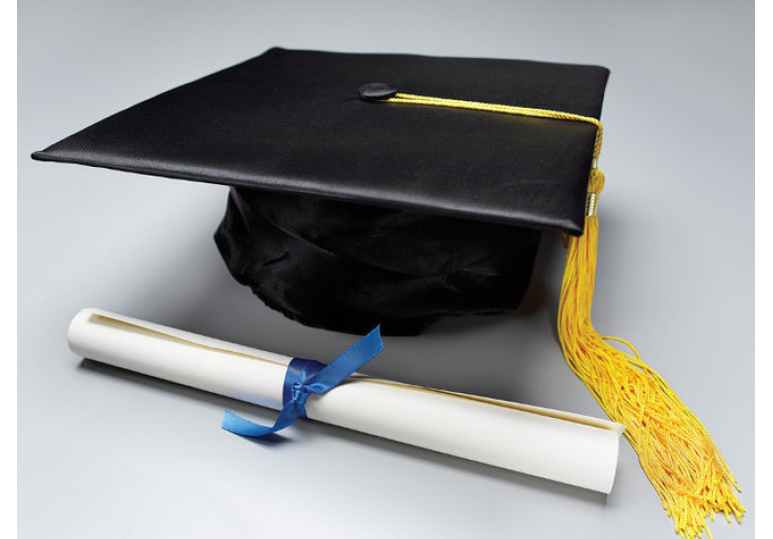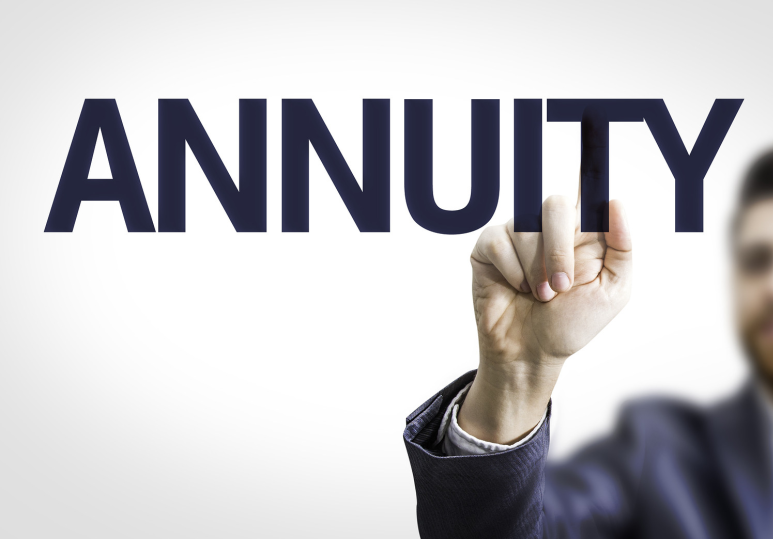9 Questions Answered About RESPs
One of the greatest gifts we can give our kids is to help them kick off the first phase of their adult lives not drowning in debt. That’s what an RESP is for. It might not cover everything, but it’s definitely going to help as today's students are up against ever-rising post-secondary tuition fees.
1. What is an RESP and how does it work?
A Registered Education Savings Plan (RESP) is an account that helps Canadians invest for a child’s post-secondary education. Money grows inside the account tax-free, and you can invest it in whatever you want.
A unique advantage of the RESP is that the government will kick in grants as you fund the account: that’s like free money on top of the growth you’ll accumulate from investing. Every time you add $100 - they add $20.
The government contributions are only taxed when they’re withdrawn and paid out to the beneficiary, in most cases, your child. As long as they are enrolled in a qualified post-secondary program, the money from government programs and the investment earnings can be paid to them and taxed in their hands. If they don’t have much other income, they won’t pay much (if any) tax.
2. What can an RESP be used for?
As long as the student can provide confirmation of enrolment in a designated educational program, the funds can be used for any purpose. That means you can pay for tuition, and things like school supplies, backpacks, student housing, food, and transportation with RESP money.
3. Who can open an RESP?
It most certainly doesn’t have to be the person who will be using the money — this wouldn’t make sense, especially if the child is only a newborn. To get started, anyone from parents, grandparents or other family members and friends can open an RESP account for a child and name them as the beneficiary.
4. How do you open an RESP?
You can open an RESP with most financial institutions. This account is most beneficial when used as an investment account (rather than a piggy bank), so consider choosing an institution that offers a diversified portfolio with growth potential. You can open one quickly and easily with us over the phone or a Zoom meeting using CI Direct Investing online or one of our other platforms at IA or Manulife.
You’ll need to have the beneficiary’s Social Insurance Number (SIN) on hand as well as your own. Choose between a family plan, which is particularly great if you have more than one kid or an individual (non-family) plan which doesn’t require you to be related to the beneficiary.
5. When should I contribute to an RESP?
The absolute best time to start contributing to an RESP would be as soon as the child comes into this world and gets a Social Insurance Number.
However, that may not be realistic for many Canadians who often feel financially squeezed by child care costs. Daycare, diapers, food, baby seats, clothes and toys add up.
If you want to delay it a bit and start making some small payments when the child is older, that’s fine. Just having the account open when the child is born is a smart move, so that when aunts and uncles give birthday or holiday gifts of cash, that money can go straight into the RESP account. Baby steps.
Once you start putting money into that RESP, you’ll automatically start receiving money from the government. It’s called the Canada Education Savings Grant (CESG) and the government will match 20% of your contributions up to $500 per year, to a lifetime limit of $7,200. Kids from low or middle-income families may qualify for even more.
Even if you’re not able to contribute, certain provinces will provide extra grants toward education for children who have an RESP.
6. How much should I contribute to an RESP?
To make the most of the Canada Education Savings Grant (CESG), you should aim to contribute $2,500 out of your own pocket each year for 15 years — that’s $208.33 per month, per child.
Investing any less means you’re leaving money on the table — but if you contribute more than that optimal amount, you won’t get the advantage of additional grant money.
The good news is, if you are starting late and have missed out on the CESG, you can catch up. The “catch up” is allowed one year at a time, which means you can actually contribute up to $5,000 and get the 20% matching if you have unused grants each year until you use up your unused grants.
7. How do I withdraw from an RESP?
Time flies. Once your child is all grown up, it’s time to withdraw the money you’ve been investing.
Typically, you’ll need to provide a confirmation of enrolment in a qualified program, as well as the desired amount you’d like to withdraw, and which portion of the RESP the withdrawal will be coming from (contributions or grants and income).
Only the person who sets up the account (the subscriber) is able to make withdrawals.
The first time you make a payment from the account, you can withdraw $5,000 worth of Education Assisted Payments (EAPs) within the first 13 weeks of full-time programs, half of that amount if they’re studying part-time. Once that time has passed, you can withdraw more. EAPs consist of the investment earnings and government grant money in the RESP.
There is no limit on withdrawals for subscriber contributions which are called Post-Secondary Education Payments (PSE). PSEs are paid out to the subscriber, with the EAPs paid directly to the student and taxed in their hands.
8. Can I take early withdrawals from an RESP?
Early withdrawal is possible, but we don’t recommend it. If the funds are being used for something other than the subscriber’s education, the grants have to be returned to the government.
9. What happens if my child doesn't go to school?
Don’t worry if your high school graduate wants to get right into the workforce or travel before they enrol in post-secondary. An RESP can be kept open for a total of 35 years. So, if your child decides to take a break from school and go back at age 30, that’s totally fine.
After 35 years, if there are still funds in the account, the government gets the grant portion back. As well, any growth on contributions that remains in the account will be fully taxed like salary, plus an additional 20%. You can avoid these tax penalties by transferring your contributions and investment growth directly into your RRSP, as long as you have enough contribution room. If all that remains in the RESP are the subscriber’s contributions, then you can just withdraw it, no fuss!
There you have it — a rundown of important things you need to know about the RESP. With post-secondary costs being high, it’s nice to have options and get some help from the government.
We work with clients 55+ to help them transition into retirement with a proper plan for taking income in the most logical and tax-efficient manner.
Learn more about our planning process and how to book an appointment by clicking here.
Willis J Langford BA, MA, CFP
Nancy R Langford CRS







